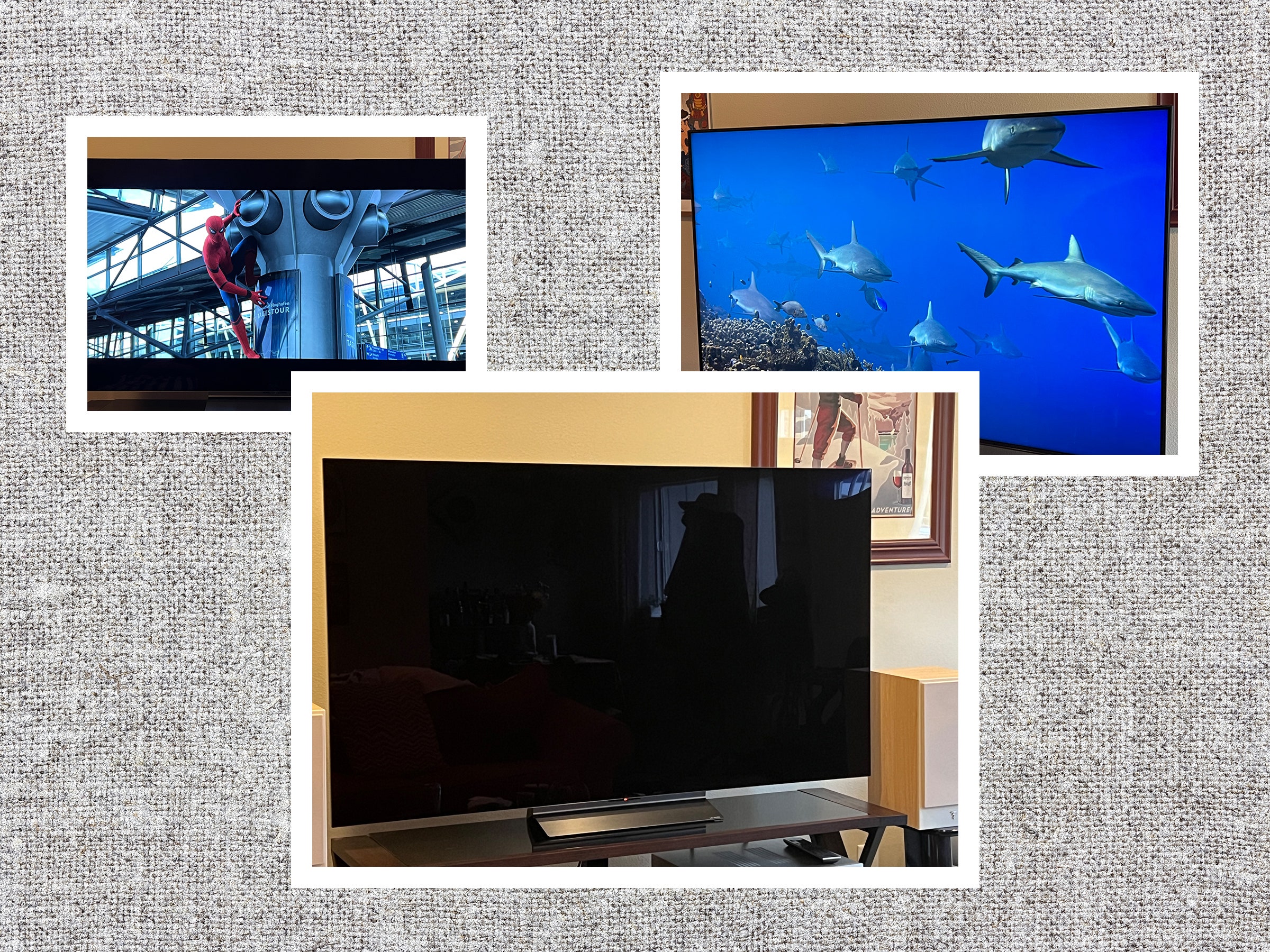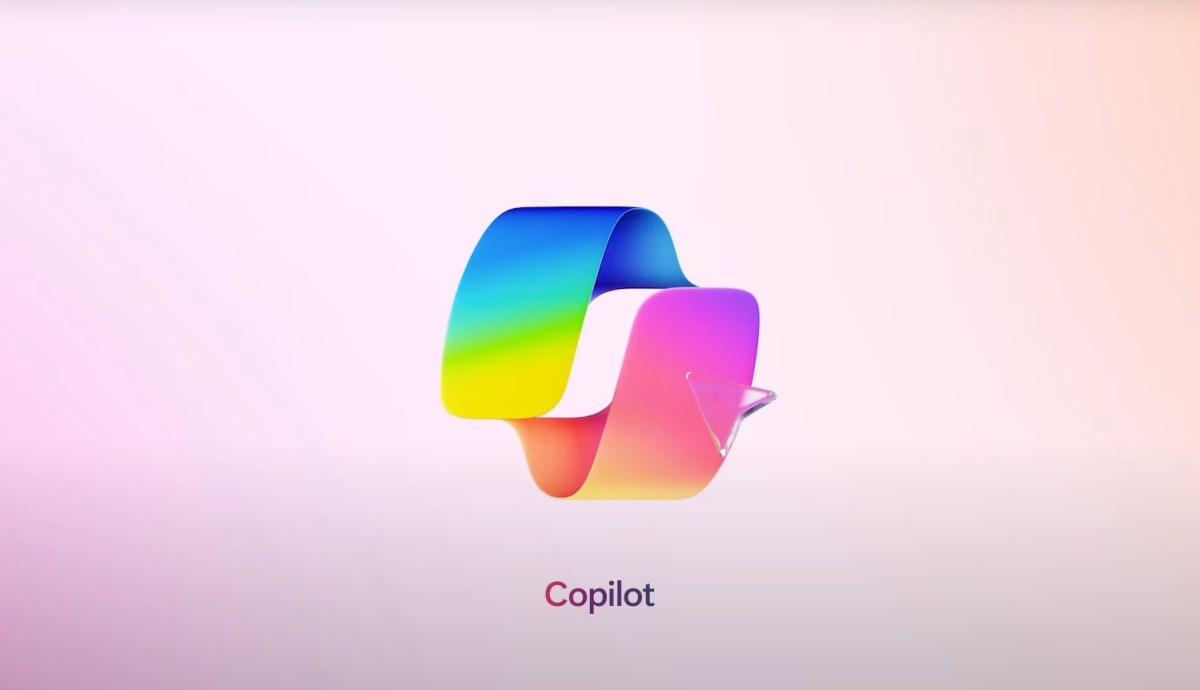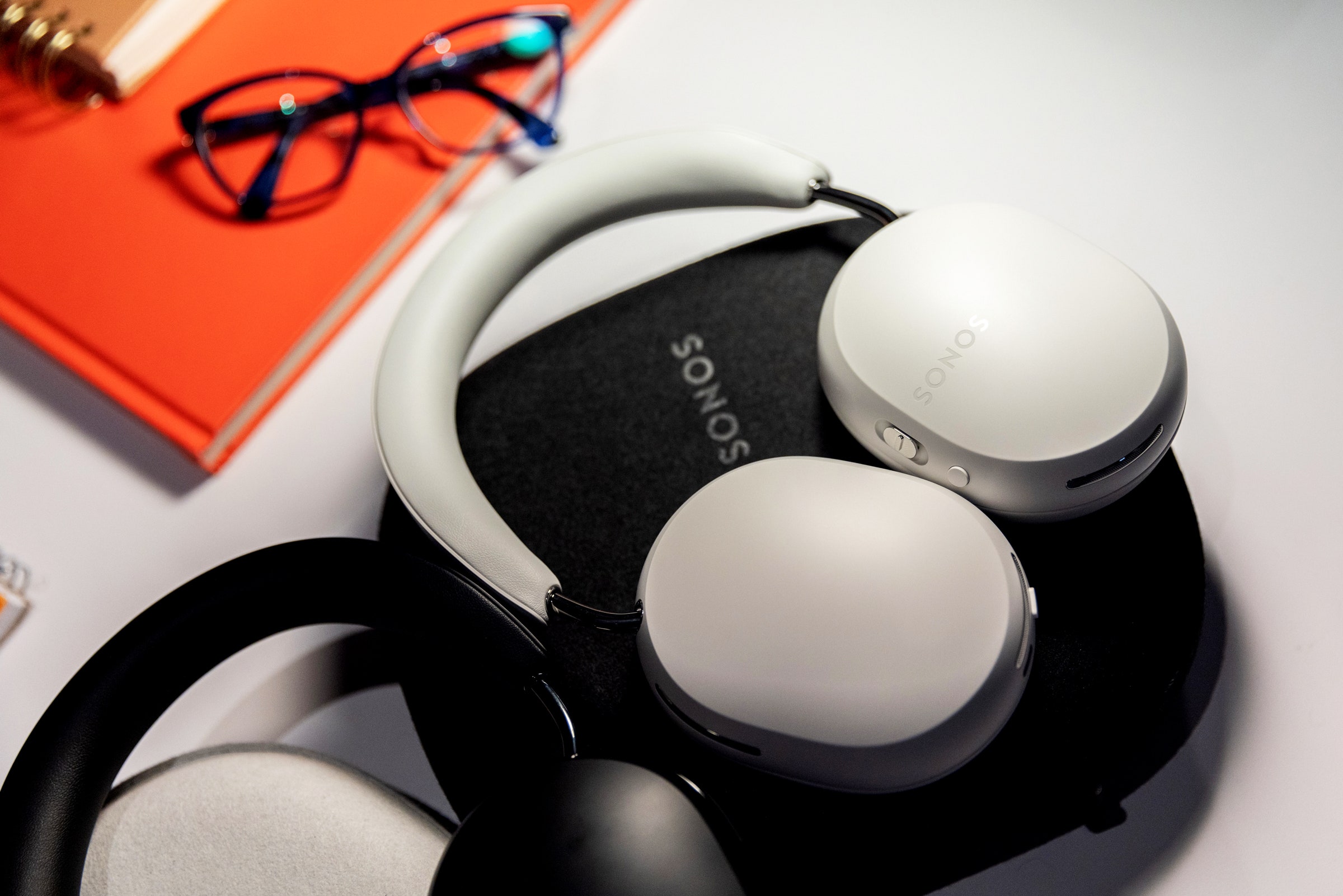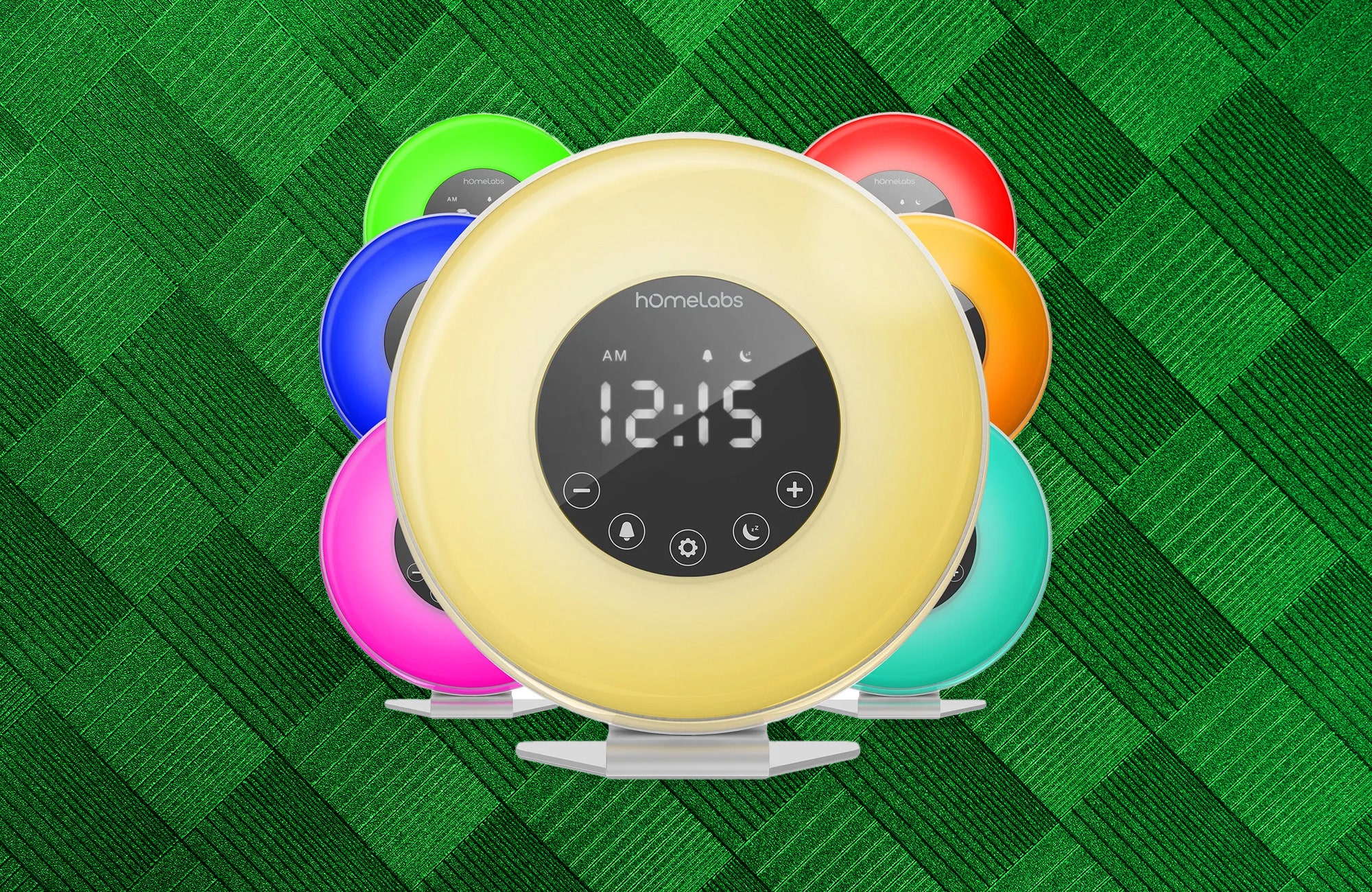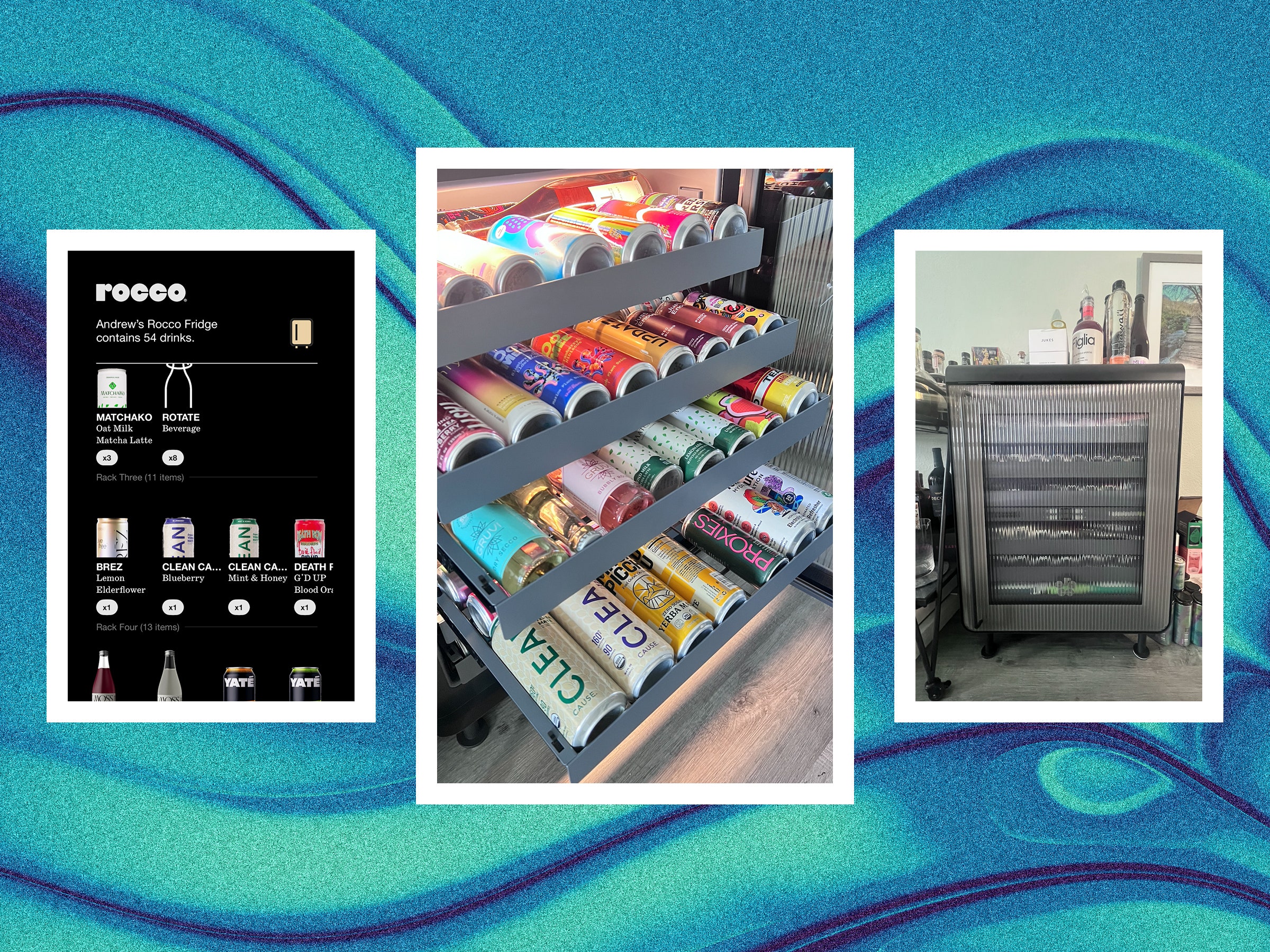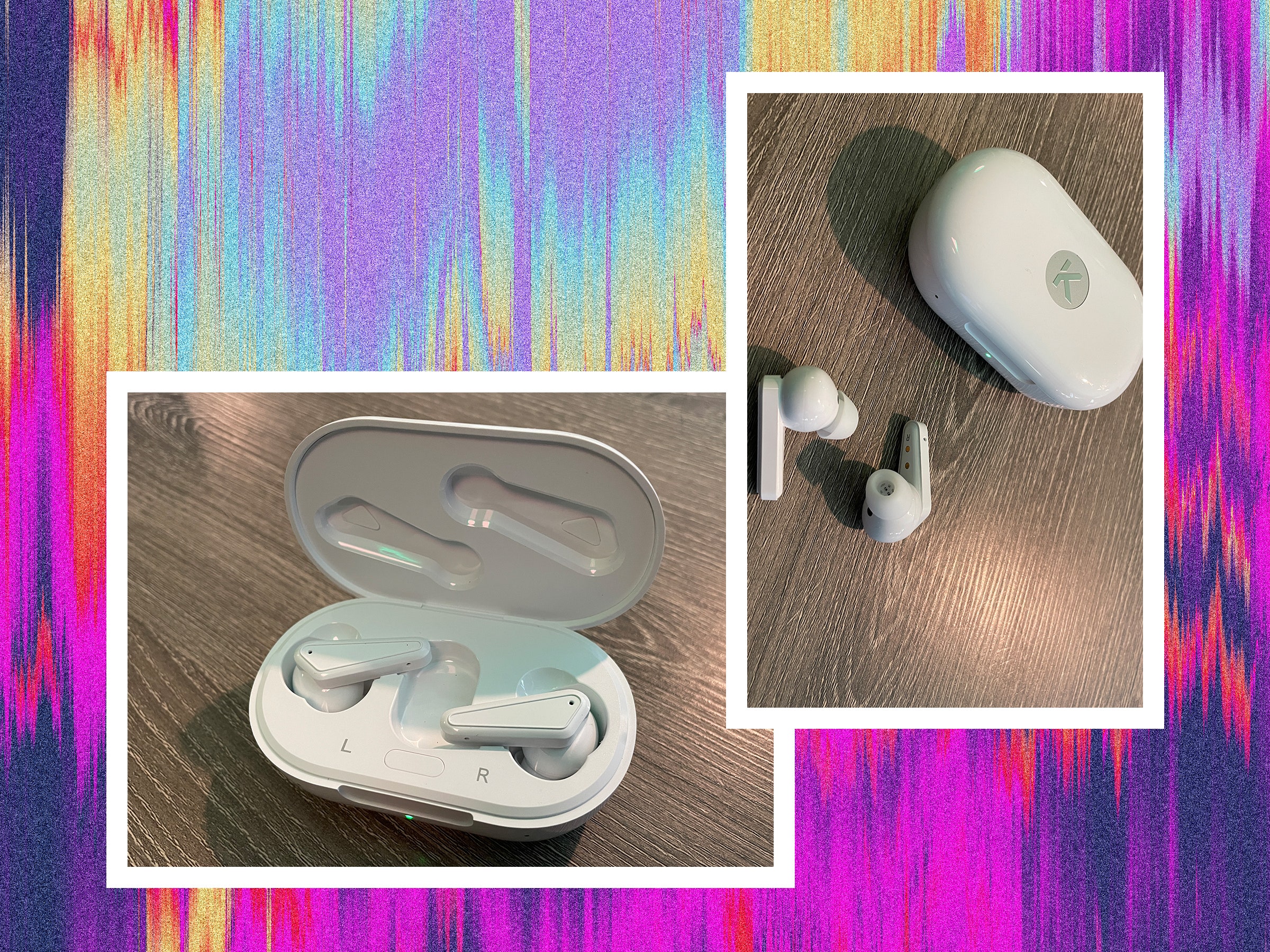If you buy something using links in our stories, we may earn a commission. This helps support our journalism. Learn more. Please also consider subscribing to WIRED
Best TV for Most People
TCL Q6
Best Smart TV
Roku Plus Series QLED
Best for Bright Rooms
Hisense U8N QLED
Best High-End TV
LG C4
Saving up for a new screen? Whether you’re a videophile or a normie looking for your first foray into 4K Ultra HD, the best TVs available right now are bigger, brighter, and cheaper than ever before. To help you navigate the dozens of models from Samsung, LG, TCL, Hisense, Sony, and others, we’ve done intense testing and watched hundreds of hours of content to grab the standouts from our recent reviews. Below you’ll find everything from the very best TV we’ve tested to the best sets on a tight budget—with plenty of excellent choices in between.
All of these models have at least 4K Ultra HD resolution (one has 8K), because there’s no good reason to buy a standard HDTV above 40 inches anymore. TVs now come with wonderful displays, but they’re usually bad at sound and can have lackluster interfaces, so you should consider investing in a good soundbar or pair of bookshelf speakers and a TV streaming stick. If you’re unfamiliar with TV lingo, check out our tips below and our How to Buy a TV guide to study up.
Updated August 2024: We’ve added the LG C4 and Samsung S90D.
Power up with unlimited access to WIRED. Get best-in-class reporting that’s too important to ignore for just $2.50 $1 per month for 1 year. Includes unlimited digital access and exclusive subscriber-only content. Subscribe Today.
If you buy something using links in our stories, we may earn a commission. This helps support our journalism. Learn more. Please also consider subscribing to WIRED
-
Photograph: TCL
Best TV for Most People
TCL Q6
These days, you don’t need to spend a fortune to get a fantastic TV. This mid-tier model from TCL (7/10, WIRED Recommends) features quantum dot technology and support for every major high dynamic range (HDR) format for gorgeous colors. I also like that game mode can use software trickery to upscale 1080p to 120 frames per second—as fast as a modern Xbox or Playstation can handle.
One small downside to this model is the fact that it comes with Google TV instead of Roku. I like that you can easily cast any content you want to this screen, but I don’t like that the interface (though it has every app you could want) can be a bit sluggish at times. Apart from the better black levels and overall color, I also like that you can now choose between leaving the legs of the TV on the far outside or further inside the TV. That makes it easier to fit on furniture if you’re not going to wall-mount it, which is very important to me. —Parker Hall
-
Photograph: Roku
Best Smart TV
Roku Plus Series QLED
It’s no secret that we’re fans of Roku’s smart TV interface—that’s a big reason the TCL-brand TVs topped our list for so long in the midst of worthy adversaries. Now Roku has stepped out and is making its own TVs in-house, and the company’s Roku Plus Series TVs serve as a great entry point for those on a budget.
I spent a month or so testing the Plus Series and came away pretty darn impressed with its picture. Sure, you don’t get a high refresh rate for gaming (this panel is limited to 60 frames per second, which is still fine for most consoles), but you do get excellent color via the quantum-dot-enabled (QLED) panel. Full-array local dimming means solid black levels, and this model is even supported by HomeKit, Amazon Alexa, and Google Assistant, making it a great affordable smart TV.
★ Take it up a notch: If you’re after Roku smarts but with higher performance, we also like their Roku Pro Series TV, which provides improved picture quality thanks to features like mini LEDs for improved contrast and a 120-Hz panel for better motion handling. —Parker Hall
-
Photograph: Ryan Waniata
Best for Bright Rooms
Hisense U8N QLED
TVs have gotten insanely bright in 2024, and the Hisense U8N (8/10 WIRED Recommends) is among the brightest of the new order. To give you an idea of its potency, it’s peak brightness pushes toward twice the peak brightness of the U8K (8/10, WIRED Recommends), one of 2023’s brightest TVs. That kind of spectacle takes some getting used to, but it pairs with the U8N’s quantum dot colors for dazzling performance even in rooms flooded with light. An onboard optical sensor can help keep the brightness in check when the sun goes down, while the TV’s mini LED backlight system allows for fantastic contrast and rich black levels.
The U8N adds good usability thanks to a loaded Google TV interface, a speedy 120-Hz panel, and plenty of gaming features, including dual HDMI 2.1 ports for standards like VRR and ALLM to get the most out of the best gaming consoles and PCs. The new pedestal stand adds some extra class, too. The U8N’s mid-tier pricing equates to some compromises like mediocre off-angle viewing and some over-sharpened images, but few can match the U8N’s brightness and even fewer can top its performance value. —Ryan Waniata
-
Photograph: Parker Hall
Best High-End TV
LG C4
LG’s C4 (9/10, WIRED Recommends) is the best high-end TV for most folks. The slim-bezeled OLED offers eye-watering brightness and color, with support for Dolby Vision that the competing Samsung model notably lacks.
I love the magic remote, which is like a Wii remote for your TV that lets you point and click at what you want on screen (it’s really awesome for logging in to your myriad streaming accounts). Couple that with support for Google Chromecast and Apple Airplay for easy casting from your cell phone, plus the ability to do 4K at up to 144 Hz across all four inputs while gaming, and you have yourself the perfect centerpiece for your fancy modern living room. —Parker Hall
-
Photograph: Ryan Waniata
Best for Gamers
Samsung S90D QD-OLED
Samsung’s S90D is one of the baddest TVs you can buy (9/10, WIRED Recommends). Its OLED display provides incredible contrast thanks to its perfect black levels and impressive brightness, while the use of quantum dots (available in the 55-, 65-, and 77-inch models) brings intense yet marvelously natural colors.
Its gaming bona fides include 144-Hz refresh rate support across all four HDMI inputs, VRR, and built-in cloud gaming for Xbox, Luna, and others. Gaming aside, I loved everything I watched on this TV, from 4K Blu-rays to the 2024 Olympics, and everything in between. While it doesn’t offer Dolby Vision HDR support (Samsung opts for HDR10+ instead), the S90D is otherwise fully loaded at a price that comes in below flagship rivals. —Ryan Waniata
-
Photograph: Sony
Prettiest Picture
Sony A95L
Sony’s A95L (8/10, WIRED Recommends) is simply the best-looking TV I have ever seen, adding quantum dots to an OLED display for fabulous colors and an even brighter picture than its fantastic predecessor, the A95K. Samsung makes these panels, but Sony adds its special-sauce XR processing for pristine clarity and color shading that feels at once natural and immersive. From a performance perspective, it’s hard to find a flaw. Sony must have thought the A95L was perfect since the brand won’t be updating it for 2024, adding two new mini LED TVs instead.
Apart from its picture, the TV folds in many of the extras you’d expect in a modern flagship display, including top-tier gaming features (though only across two of its four HDMI inputs), an intuitive Google TV interface, and surprisingly good onboard sound. The A95L isn’t for the budget shopper, but rest assured it’s as stunning to look at as it is costly to bring home. —Ryan Waniata
-
Photograph: Samsung
Best 8K TV
Samsung QN900C
As we’ve noted in previous coverage, 8K TVs can be a tough sell since 8K content is still scarce and the files are enormous. Luckily, Samsung’s 8K TVs do a swell job upscaling 4K video, which is especially handy for larger screen sizes. Samsung’s bright and beautiful QN900C (8/10, WIRED Recommends) comes in sizes ranging from 65 inches up to an 85-inch monster. The TV’s 33 million pixels are matched by fabulous picture processing, potent brightness, and vibrant colors. It all adds up to showy spectacle that’s tough to rival.
The QN900C is our current go-to model, not because it’s the latest from the brand, but because its status as last year’s flagship makes it much more affordable. We’ve only gotten a glimpse of 2024’s QN900D thus far, but we once again feel comfortable recommending most 8K adopters save big on last year’s model. Along with its sparkling 8K resolution, the QN900C is fully loaded with options like Samsung’s pedestal-style floating-screen design, and the latest gaming features for a top-tier experience. —Ryan Waniata
-
Photograph: Ryan Waniata
Best OLED for Bright Rooms
Samsung S95D
Last year’s S95C QD-OLED TV (8/10, WIRED Recommends) was Samsung’s most impressive display, offering phenomenal brightness for an OLED TV, fabulous colors, and generally incredible picture quality, bolstered by great features and stunning design. For 2024, Samsung takes an even bigger swing with the S95D (8/10, WIRED Recommends), adding an anti-reflective screen coating for incredible glare resistance. Even direct lighting from inches away is dissipated with surprising efficacy.
The trade-off is that the S95D tends to lose some perceived depth in direct lighting, as the black backdrop swaps obsidian gloss for a duller matte coating. This is really only noticeable with very dark backgrounds in bright rooms, but it could be a reason for some to consider the sale-priced S95C while still available. Otherwise, the S95D looks fantastic day or night, with brilliant contrast and brightness that beats every OLED we’ve evaluated so far. Add in the same great features and design from last year, and you’ve got a killer QD-OLED that can take on even the toughest glare. –Ryan Waniata
-
Photograph: Ryan Waniata
Best QLED TV
Samsung QN90C
Samsung’s QN90C (8/10 WIRED Recommends) is an excellent choice for those after a bright and punchy backlit TV (read: non-OLED) that doesn’t skimp on the details. It serves up luscious image processing, rich and refined quantum dot colors, and plenty of other goodies to display your favorite content in style. Unlike a lot of LED-powered TVs, it even provides good off-axis viewing without any added reflective issues, resulting in a great picture wherever you sit.
Along with its superb picture, the QN90C offers gaming-forward features like a 120-Hz panel and four HDMI 2.1 ports, alongside cloud gaming from Samsung’s excellent Gaming Hub. That’s topped off by a stylish pedestal mount and relatively good onboard sound. The QN90C’s powerful local dimming can occasionally be slow to react, but this is a rarely noticeable drawback in an otherwise excellent display. While the newer QN90D promises some modest upgrades, like a lot of models right now, the QN90C’s current sale price makes it a knockout value. —Ryan Waniata
-
Photograph: Parker Hall
Another Great QLED TV
QM8
TCL’s QM8 series (8/10, WIRED Recommends) is one of the few TVs that can compete with Hisense’s popular U8 when it comes to overall poise and punch for your money. In many ways, this mid-tier TV acts more like a premium set, offering blistering brightness matched by vivid colors and excellent contrast from its mini LED backlighting. HDR moments like the molten lava monster from Moana absolutely sparkle onscreen, while a loaded Google TV interface and dual HDMI 2.1 ports for fast-paced gaming add up to a lot of fun from an affordable screen.
The 2023 QM8 we reviewed is often on super sale, making it an even better value. Like the Hisense U8N, the TV has some trouble with off-axis performance, but there’s really not much else to complain about here. It’s worth noting that the 2024 QM8 (which we’ll be reviewing shortly) provides unprecedented brightness, at up to twice what the already searing 2023 model can muster. But the older model’s blend of value and performance make it a great deal while you can still get it. –Ryan Waniata.
-
Photograph: Amazon
Honorable Mention
Other Great TVs
There are so many wonderful TVs now available, there’s a good chance even those that didn’t make our top picks could be a fantastic option for you. Here are some of our favorites that just missed the cut.
Samsung S95C: As noted above, the S95C (8/10, WIRED Recommends) remains a fantastic choice. It may even be the better option for those who don’t want or need the matte screen of the 2024 model, still standing as one of the very best OLED TVs you can buy—especially given its seriously accessible sale pricing.
Sony Bravia 7: The Bravia 7 (7/10, WIRED Recommends) is a gorgeous display, offering brilliant brightness, naturalistic colors, and suave finesse in the subtle details. Its biggest knock is poor off-axis viewing, which could be tough to swallow at its high price. Otherwise, it’s worth consideration for fans of that Sony glow.
Hisense U8K: Though the U8N is a whole lot brighter, the U8K (8/10, WIRED Recommends) was one of last year’s very brightest, and it adds plenty of other bounty—from excellent contrast to sweet gaming features. It’s still well worth considering if you can find it for a sale price well below the U8N.
Samsung QN90B: Another great deal while still available, Samsung’s QN90B (8/10, WIRED Recommends) was long our favorite bright-room TV. It’s available in a wide range of sizes and provides a bright and colorful picture and plenty of goodies—especially enticing considering its continuously sinking price tag.
-
Photograph: Samsung
Buy by Brand
Some TV Buying Tips
If a TV isn’t made by LG, Samsung, TCL, Vizio, Sony, Hisense, or Roku, make sure you’ve done your research. These are our favorite manufacturers at the moment. A cheap set might look enticing for the price, but try to avoid dirt-cheap models from brands like Sceptre, which may not offer good picture quality or a durable build.
If your budget doesn’t extend to a new model from the above brands, we recommend looking into last year’s TVs sold at steep discounts and often offering only modest differences. You could also look at factory-refurbished options, but these are obviously less reliable. Read our How to Buy a TV guide to learn more about the terms you’ll come across when shopping for a screen, and other helpful advice.
-
Illustration: Vlad Rachuk/Getty Images
Helpful Definitions
What Do 4K, HDR, and Other Buzzwords Mean?
Buying a TV requires navigating a sea of lingo, so let’s quickly define a few key terms. You can also read more about these terms in our How to Buy a TV guide.
- 4K or Ultra HD refers to television resolution with four times as many pixels (points of light) as a traditional HDTV.
- 8K displays have four times the pixels of 4K, but you can mostly ignore 8K for the foreseeable future. 8K sets are still very expensive, and the availability of 8K content hasn’t made any notable strides.
- HDR stands for high dynamic range, and all good 4K TVs have it. A TV with HDR technology has better contrast (brighter brights, darker darks) and more voluminous color than older TVs with SDR (standard dynamic range). The three main versions of HDR to be aware of right now are HDR10, HDR10+, and Dolby Vision. Modern TVs typically come with HDR10 and Dolby Vision support, while some models (namely Samsung) support HDR10+, a Dolby Vision alternative. Samsung TVs do not support Dolby Vision.
- LED vs LCD: There was a time when these terms could be considered separate, as some early LCD TVs did not use LEDs for backlighting, but they are now essentially interchangeable. Any non-OLED TV right now uses a combination of an LCD panel and LED illumination to create a picture.
- Full-array backlighting means there is a grid of LED lights behind the TV screen, instead of it being lit by lights on the edges.
- Local dimming is enabled by full-array backlighting. It means the TV tries to intelligently lower the LED backlights in small areas of your screen where a movie scene is darker and brighten them in light spots. The best local dimming is offered by TVs with mini LED backlighting for even better light control (more on that below).
- QLED TVs are backlit LED TVs that employ quantum dots, tiny particles that create brighter and better colors when illuminated. QLED might look like OLED in print, but QLED is not the same technology and generally isn’t as highly praised as OLED. QLED TVs look better than TVs without quantum dots, and the best ones get brighter than the best OLEDs, but they still fall behind OLED TVs when it comes to contrast, black levels, and viewing angle.
- mini LED TVs are almost universally quantum-dot enabled, so they can also be considered QLEDs. A QLED with mini LEDs implies (but doesn’t guarantee) better picture quality than QLEDs without, since mini LEDs offer more dimming zones for better control and deeper back levels than regular full-array backlighting.
- OLED TVs use an entirely different technology than LED/QLED TVs, able to light up or turn off each tiny pixel independently. That gives OLEDs improved contrast with deeper blacks than LED TVs for a more immersive picture. OLED TVs also have much less trouble providing good off-angle viewing than most LED/QLED TVs, but they can’t currently get as bright as the top QLED TVs.
- QD-OLED TVs use newer panels made by Samsung that add quantum dots to improve brightness and aid the color performance of a normal OLED screen.
- 120 Hz means a TV’s display refreshes at up to 120 frames per second, producing significantly smoother onscreen action than you’ll get with lower-quality 60-Hz panels. This is great for gaming and watching sports, but otherwise, you won’t notice much of a difference, as most films and TV shows are designed to be shown at lower frame rates.
Ryan Waniata is a writer, editor, video host, and product reviewer with over 10 years of experience at sites including Digital Trends, Reviewed, Business Insider, Review Geek, and others. He’s evaluated everything from TVs and soundbars to smart gadgets and wearables, with a focus on A/V gear. He has a… Read more
Parker Hall is a senior editor of product reviews at WIRED. He focuses on audiovisual and entertainment products. Hall is a graduate of the Oberlin Conservatory of Music, where he studied jazz percussion. After hours, he remains a professional musician in his hometown of Portland, Oregon.

